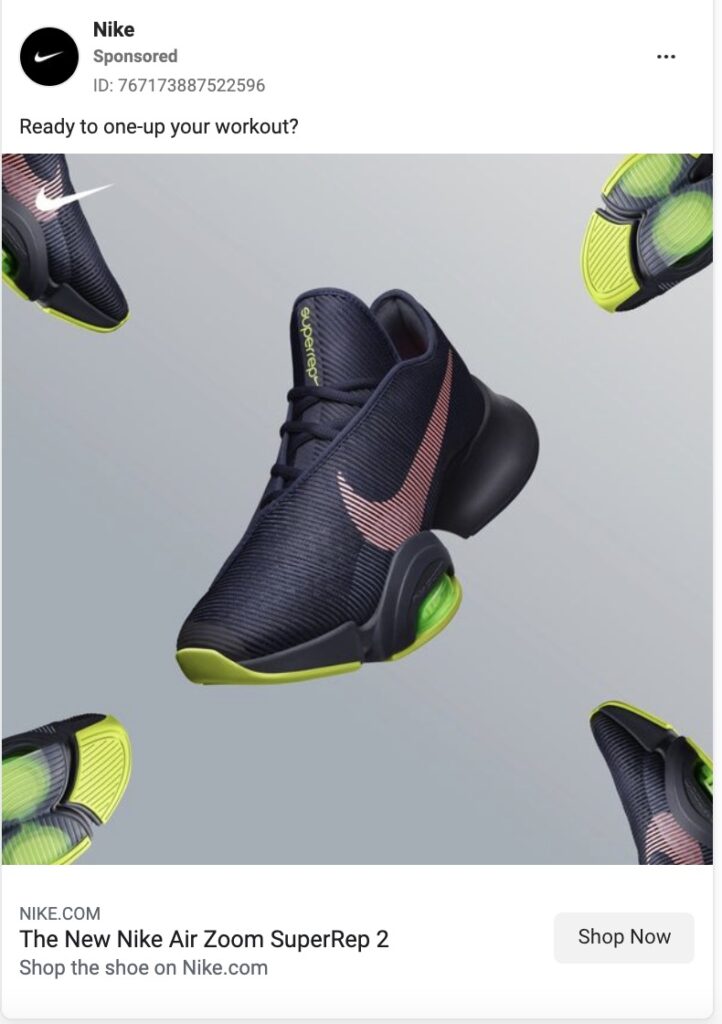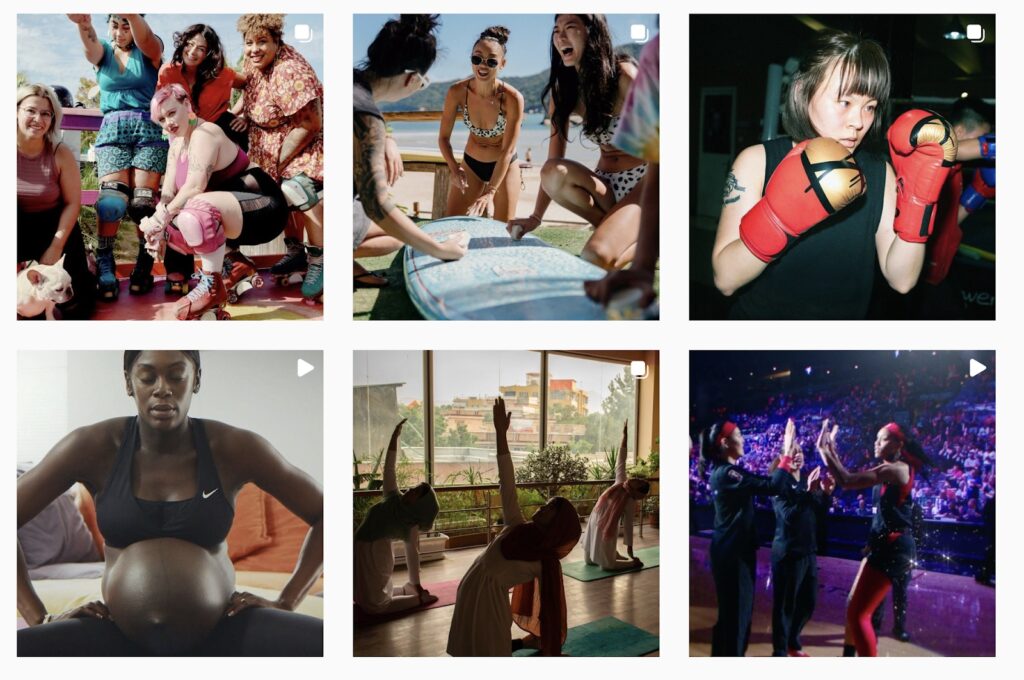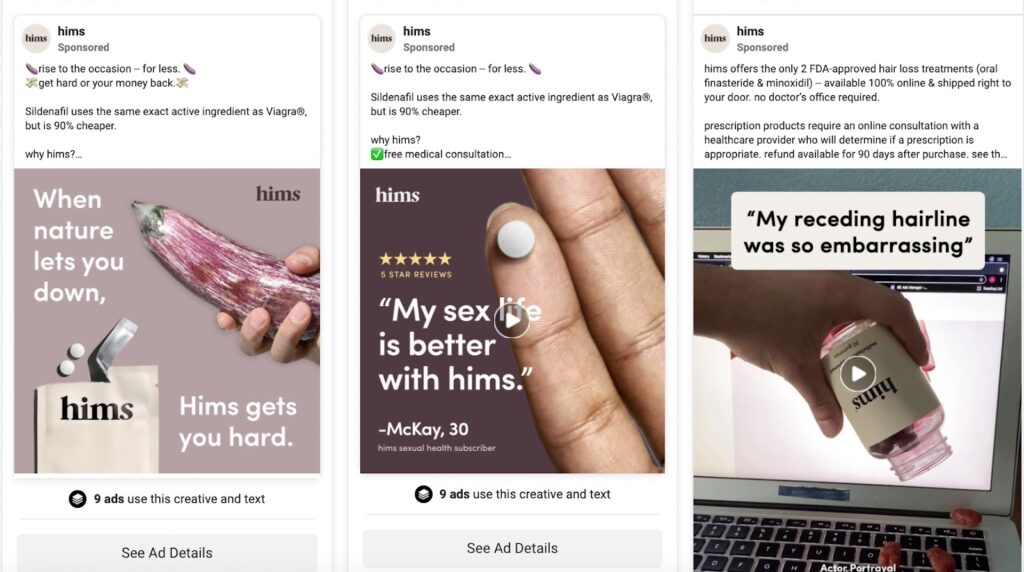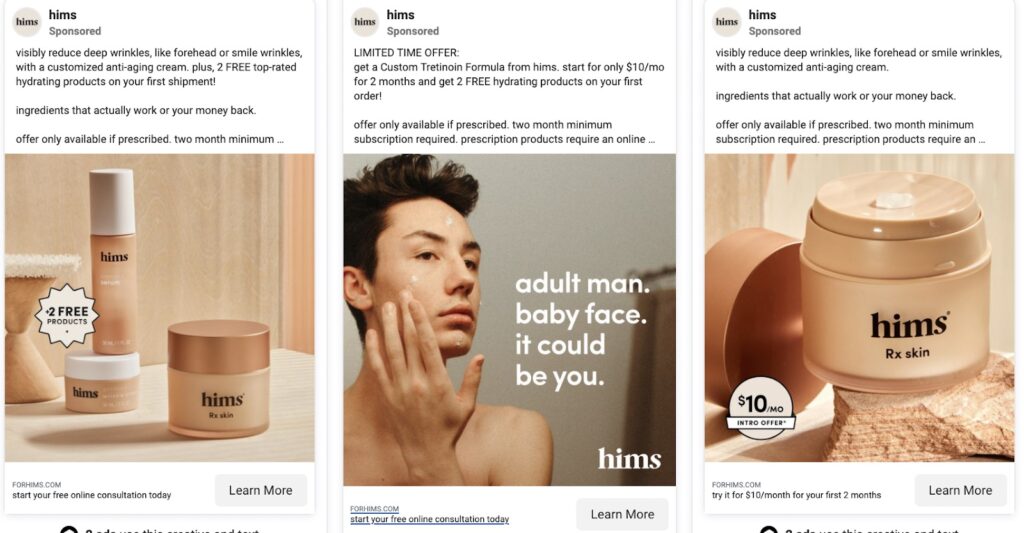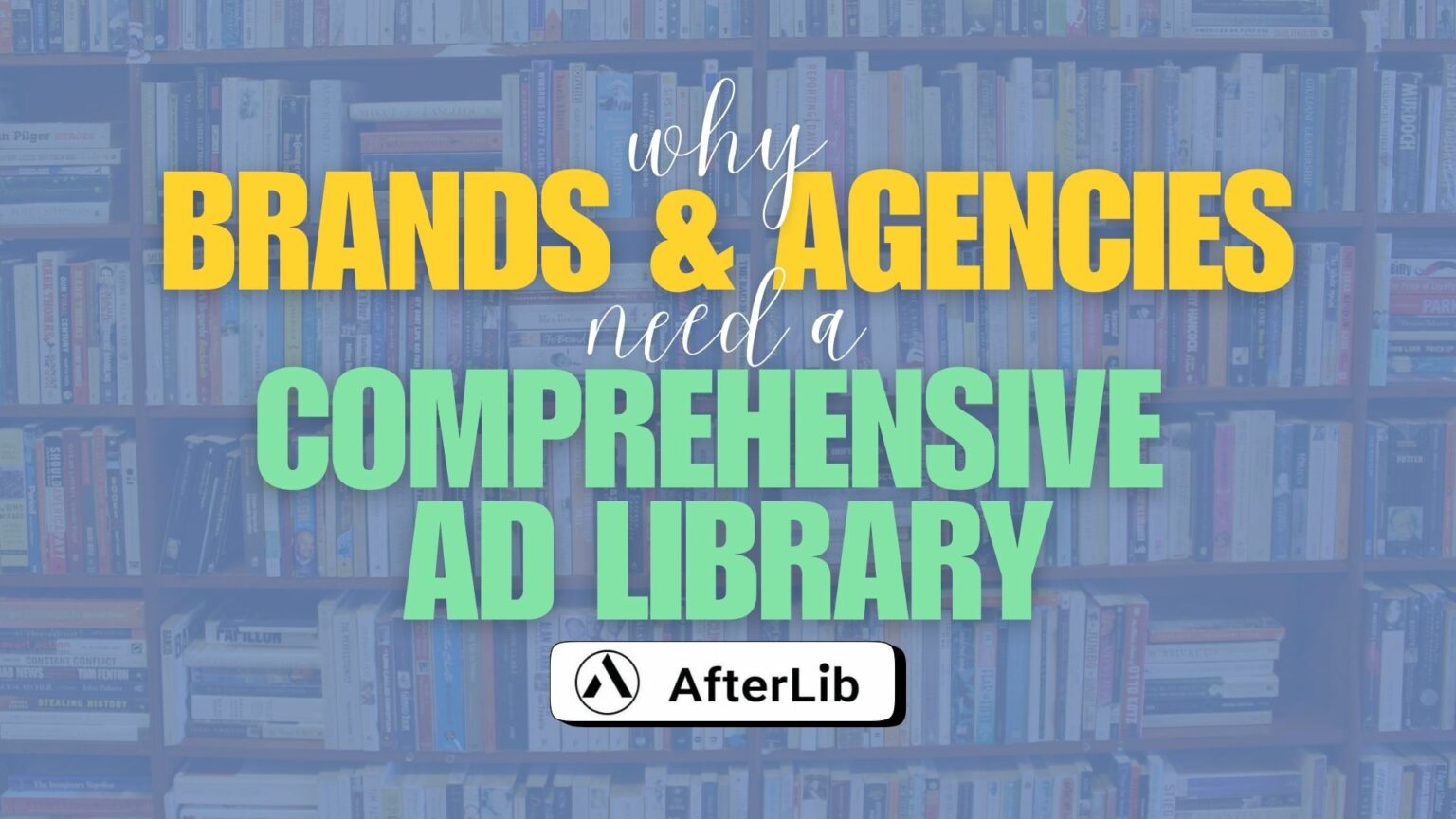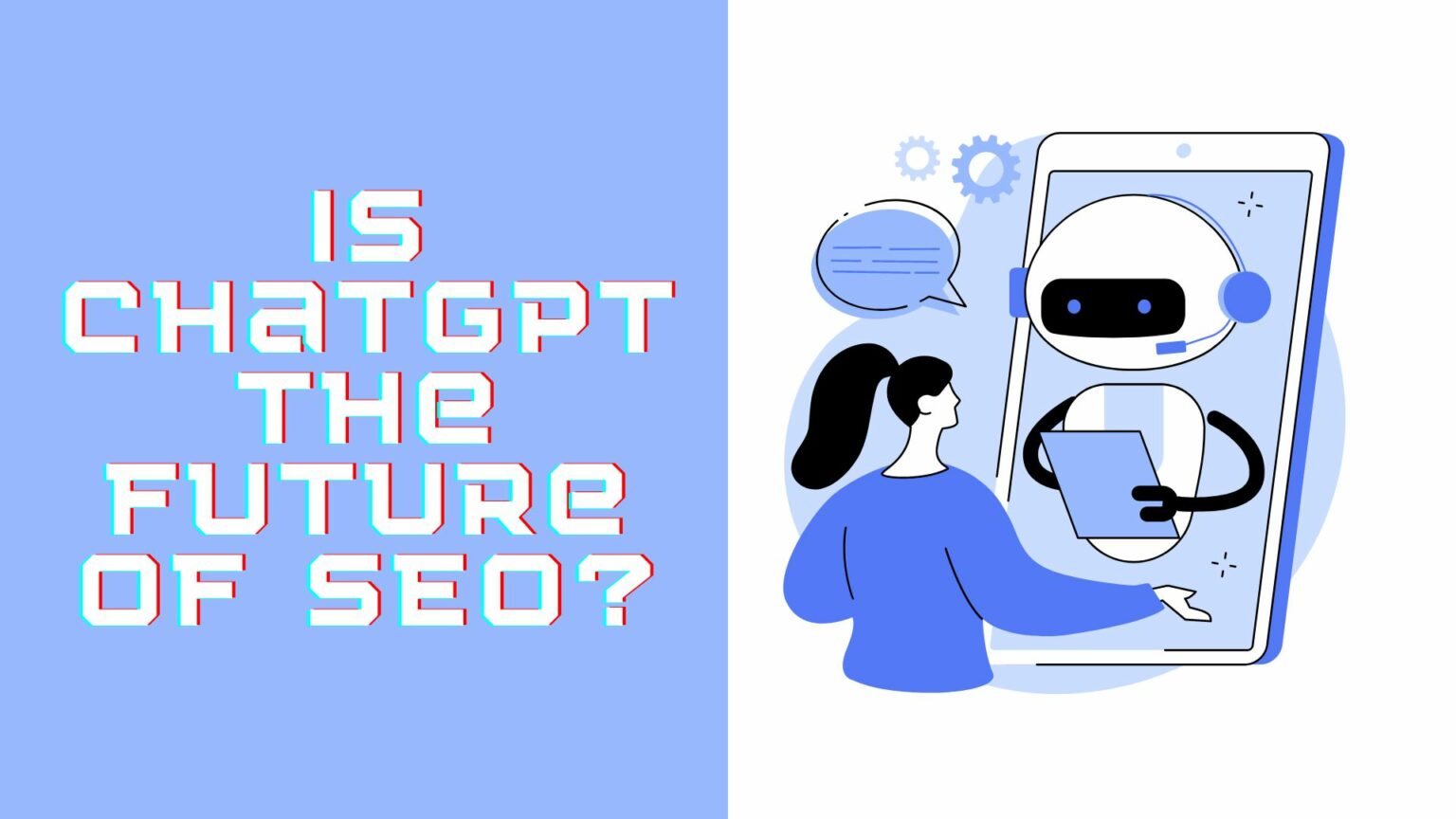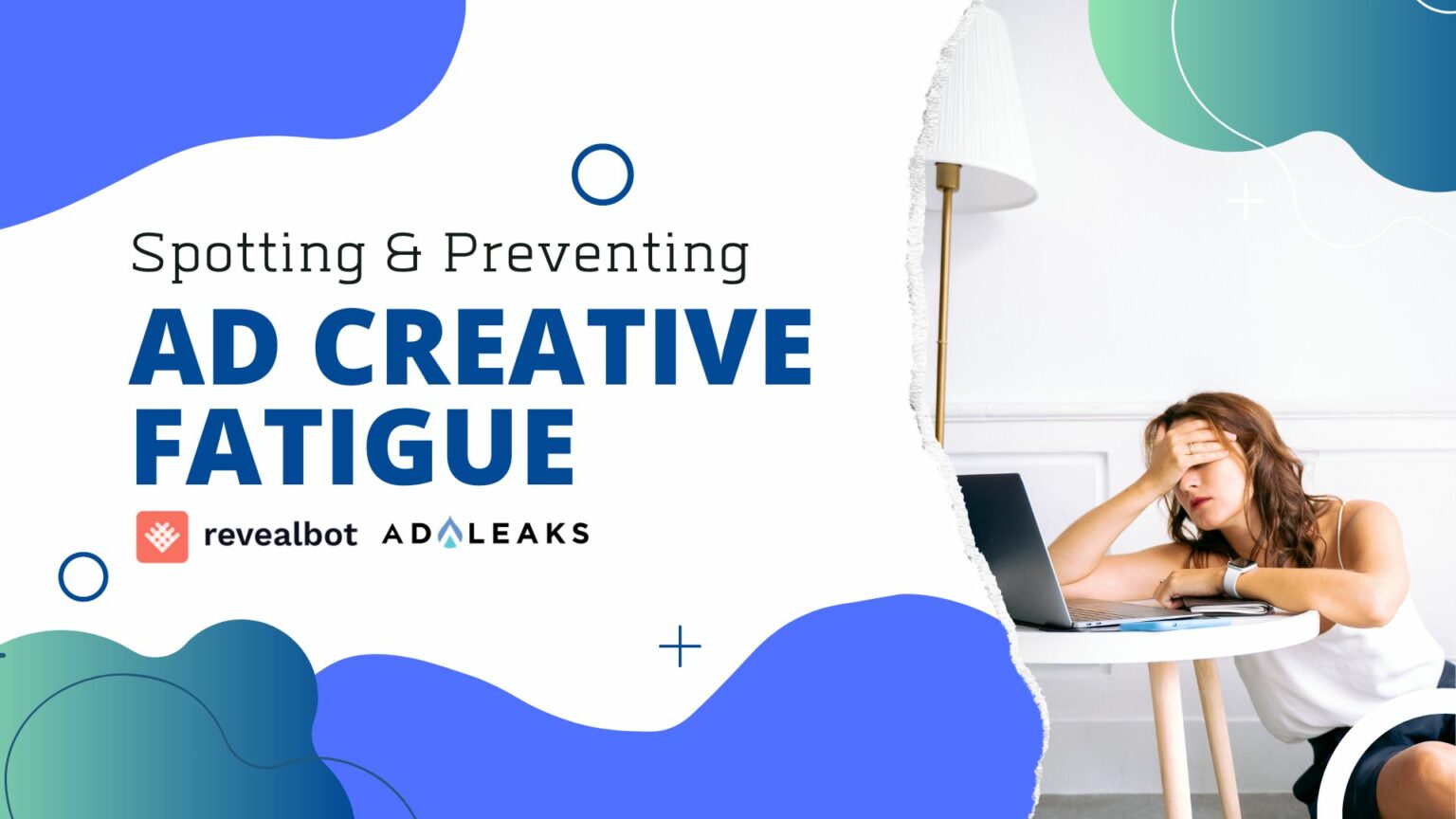
Why You Should Differentiate Your Paid and Organic Creative
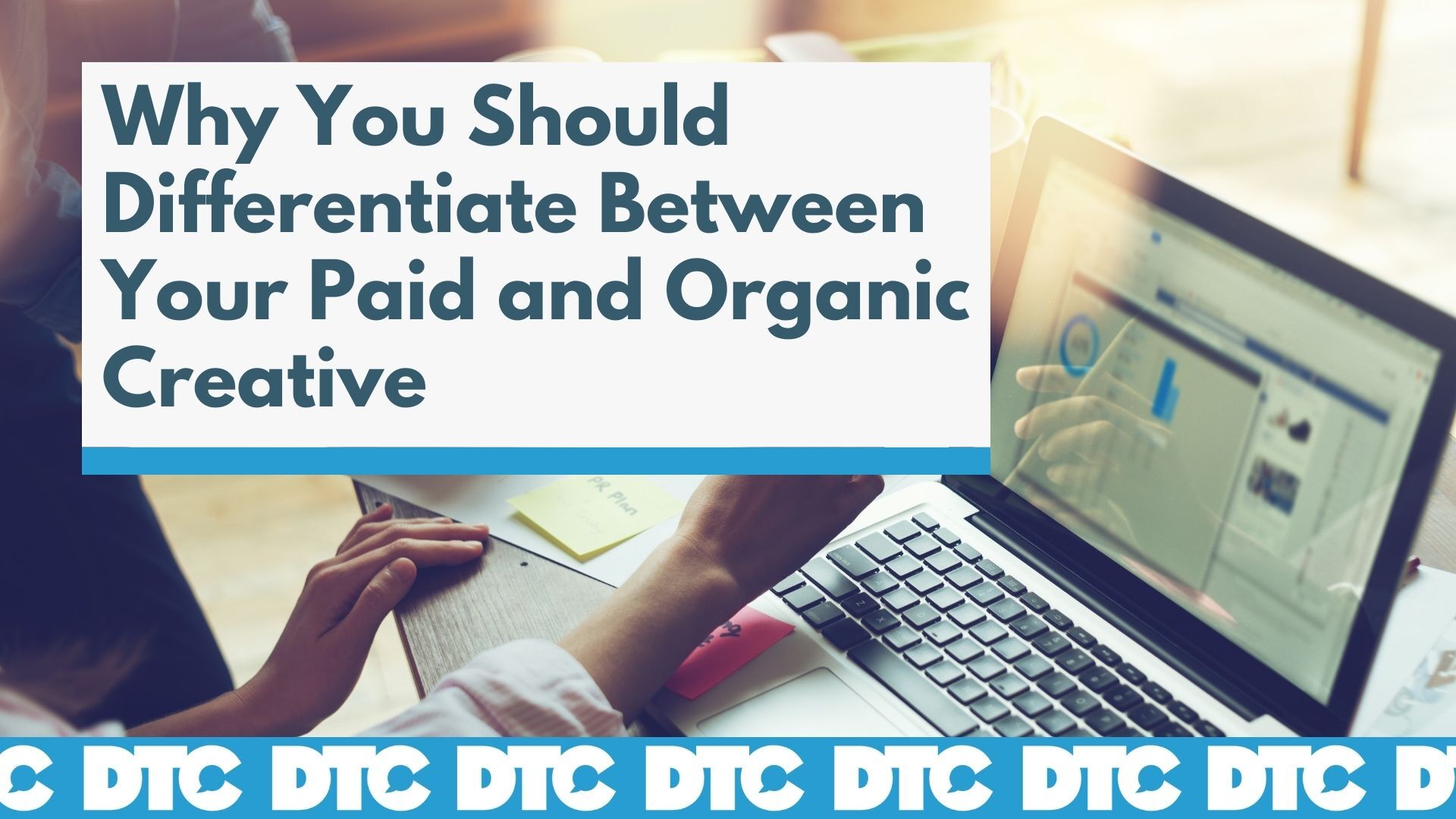

Oftentimes marketers approach Facebook creative the same way they approach their organic social content.
This is a mistake.
Being too brand-oriented in your ad creative can lead to overly-polished content that doesn’t perform.
And in many cases, the ads that perform well would rarely be featured on your brand’s organic social feed.
You have to differentiate your paid from your organic content. First, recognize that they have different goals.
Paid & Organic Creative Serve Different Purposes
If you’ve ever used a sales funnel or buyer’s journey to visualize your customer conversion process, you know that different prospects need different incentives to engage.
At the top of the funnel, for example, you’re trying to drive brand awareness and engagement. You’re trying to get people’s attention, and your collateral should be geared toward that goal.
Prospects at the bottom of the funnel, however, are looking for more concrete information, such as specific product features, benefits, and specifications. This audience segment has already shown interest and is on the cusp of making a purchase.
Broadly speaking, organic content is usually for your top-of-funnel audience, and paid ads are for conversion-ready prospects at the bottom of the funnel. While there are exceptions, this is a good rule of thumb to start with for your content.
Nike is a perfect example. This ad is for a specific product, and the ad copy indicates that it’s appearing for an audience that has already shown an interest in fitness:
Meanwhile, here’s what’s happening on their social feed:
In these images, the products are secondary to the activities and lifestyle that the products support.
Different Goals Require Different Content
This same principle applies to the algorithms that push your content out to users. If you’re running conversion objective ads, for example, Facebook’s algorithm isn’t interested in your brand or the lifestyle you’re trying to sell. It’s just trying to find the people most likely to buy your product.
That said, your creative still needs to increase motivation or decrease friction at any given stage. If it doesn't, it's likely going to fail.
Also, strong branding is still important at each stage. But if you rely too much on branding in your DTC media buying, you’ll have a much tougher time scaling your ads.
Further, we aren’t saying that your Facebook Ads have to be exclusively UGC, or that your organic has to be aesthetically pristine lifestyle images or vice versa.
We’re just saying that it’s important to be mindful of the purpose of your creative, and to diversify your library in a branded way.
Hims is an excellent example of balancing branded and lifestyle aesthetics with scrappy UGC in their Facebook Ads library:
The bottom line is that you shouldn’t put your brand in a box. And don’t be afraid to experiment and diversify your library with different forms of creative. And as always, test, test, test to see what works.
Click here to subscribe to the DTC Newsletter and get exclusive data-backed insights, direct-to-consumer tips, and tricks to grow your brand delivered to your inbox twice a week!
